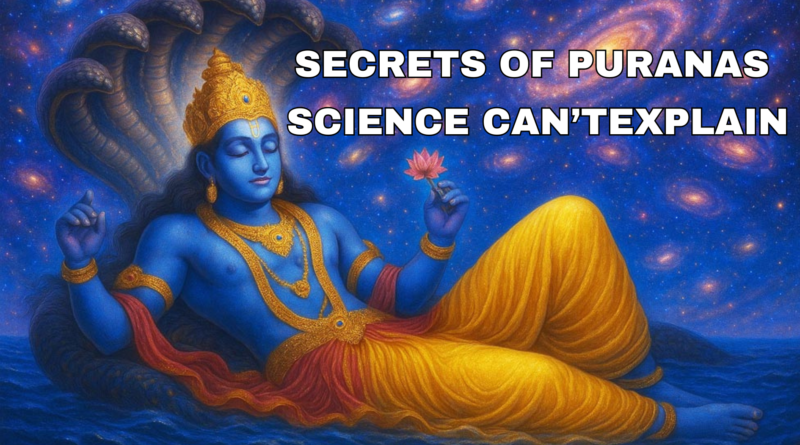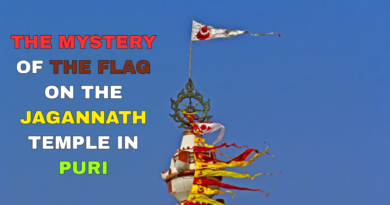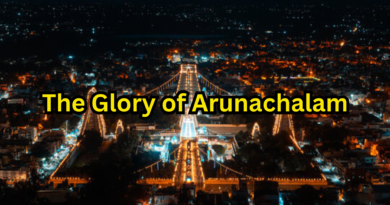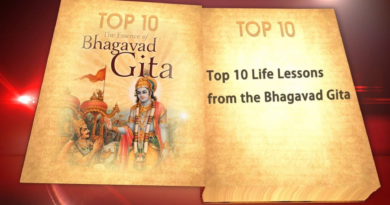THE UNTOLD SECRETS OF PURANAS: STORIES THAT MODERN SCIENCE CAN’T EXPLAIN
The Puranas, a vast collection of ancient Hindu texts, are not just stories of gods, sages, and kings. They are layered with wisdom, cosmic truths, and mysteries that continue to puzzle even the most rational minds. While many dismiss them as myths, others see them as coded history, science, and philosophy. What makes the Puranas truly fascinating are the elements that modern science still struggles to explain. Let us explore some of these untold secrets.
1. Time Beyond Human Imagination
The Puranas describe time in enormous cycles known as Yugas and Kalpas. A single day of Brahma, the creator, is said to be equal to 4.32 billion human years remarkably close to the modern scientific estimate of the Earth’s age. How could ancient sages, without telescopes or modern instruments, have such a precise understanding of cosmic time? Science admits it cannot fully answer how early civilizations perceived such vast timescales.
2. Flying Machines: The Vimanas
One of the most mysterious references in the Puranas is about Vimanas, flying chariots used by gods and sometimes even humans. These descriptions include details about aerial battles, speeds faster than the wind, and even references to fuel-like substances. Some texts describe multi-storeyed flying palaces with weapons capable of massive destruction. While skeptics argue these are metaphors, the level of detail often makes people wonder if they were advanced technologies lost in time.
3. Weapons of Mass Destruction
The Puranas frequently mention Astra divine weapons with immense power. The Brahmastra is said to have the destructive force of wiping out entire regions, and the Pashupatastra was feared for its unstoppable energy. Modern readers cannot help but compare these descriptions with nuclear or chemical weapons. The eerie resemblance between ancient accounts and present-day destructive technologies raises questions: were the sages witnessing something real, or were they foretelling the future?
4. Cosmic Geography and Multiverses
The Puranas describe a universe with countless worlds, multiple dimensions, and parallel realms. They speak of Lokas—heavenly and earthly planes connected through subtle pathways. The concept of multiple universes existing simultaneously aligns with modern theories of the multiverse. However, while science is still debating the possibility, the Puranas confidently narrated these cosmic realities thousands of years ago.
5. Knowledge of Genetics and Birth
Stories in the Puranas often hint at advanced biological knowledge. For example, the birth of Sage Agastya and Sage Vasishta from a clay pot, or the birth of Kauravas from jars in the Mahabharata (which is linked to Purana tradition), resembles test-tube babies or artificial incubation. Similarly, descriptions of sages creating life through mantras and rituals mirror modern discussions on cloning and genetic engineering. Did ancient India already have glimpses of these sciences?
6. Astronomical Precision
The Puranas are filled with detailed accounts of stars, planets, and cosmic cycles. They mention eclipses, planetary alignments, and celestial phenomena with surprising accuracy. For instance, the Surya Siddhanta, a text closely tied to Puranic knowledge, calculated the diameter of Earth and the distance between Earth and the Sun with remarkable closeness to today’s scientific values. Such accuracy without modern instruments is still a mystery.
7. Stories of Advanced Civilizations
The Puranas describe cities of incredible beauty and sophistication golden palaces, floating gardens, and underground kingdoms. The city of Dwarka, associated with Lord Krishna, was long thought to be a myth until marine archaeologists discovered submerged ruins off the coast of Gujarat. Similarly, references to hidden worlds beneath the Earth’s surface fuel debates about ancient civilizations yet to be discovered.
8. Cycles of Creation and Destruction
Science acknowledges that the universe is expanding and may eventually collapse or reset. The Puranas had already spoken of cycles of creation (Srishti) and dissolution (Pralaya) billions of years ago. The idea that the universe is born, destroyed, and reborn aligns closely with the modern scientific understanding of cosmic cycles, though science still lacks definitive answers.
9. Mysterious Beings and Hybrid Creatures
Many Puranic stories describe beings that are part human and part animal like Narasimha (half-man, half-lion) or Garuda (man-bird). While considered symbolic, some interpret these as references to genetic experiments or advanced bioengineering. Science today is only beginning to explore hybrid genetic studies, but the Puranas were narrating such possibilities long ago.
10. The Power of Sound and Mantras
The Puranas emphasize the power of sound vibrations mantras that could heal, protect, or even destroy. Modern science has only recently started studyin
g sound therapy, vibration frequencies, and their effects on matter and the human brain. Ancient sages, however, were already using these principles as a spiritual technology.
Conclusion
The Puranas remain a bridge between myth and reality, faith and science, imagination and truth. While modern science continues to seek logical explanations, these ancient texts remind us that human understanding has always been vast and mysterious. Perhaps the real secret of the Puranas lies not only in what they say but in how they inspire us to look beyond the limits of reason.
The stories may seem impossible to explain, yet they spark curiosity, challenge scientific boundaries, and invite us to rediscover wisdom that could be far older than we think.




